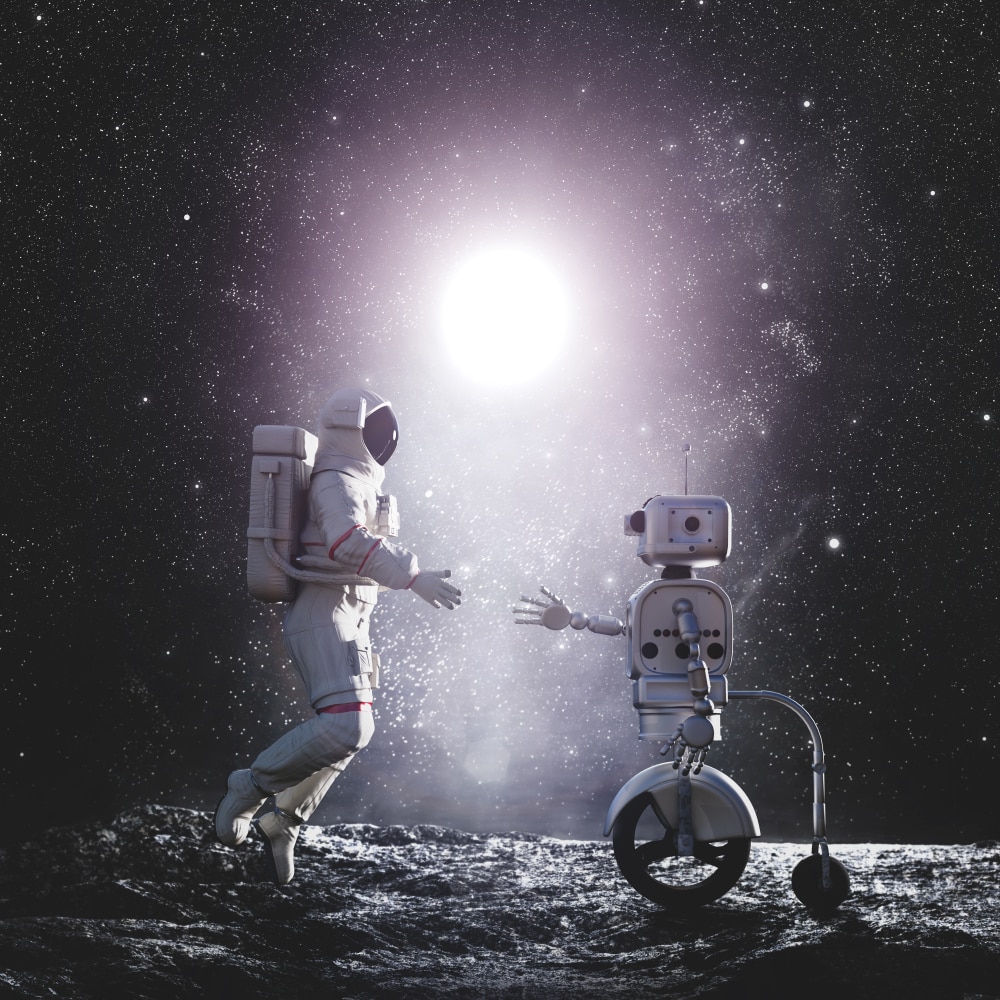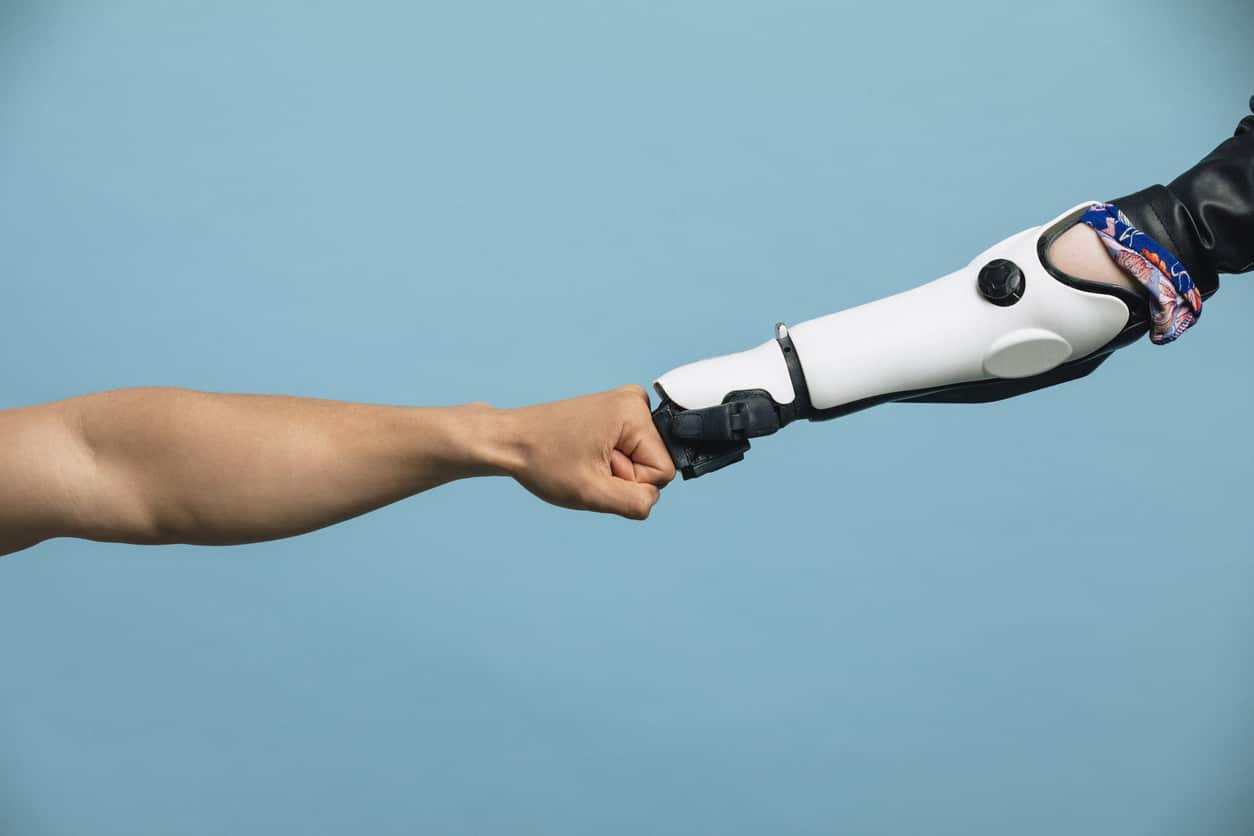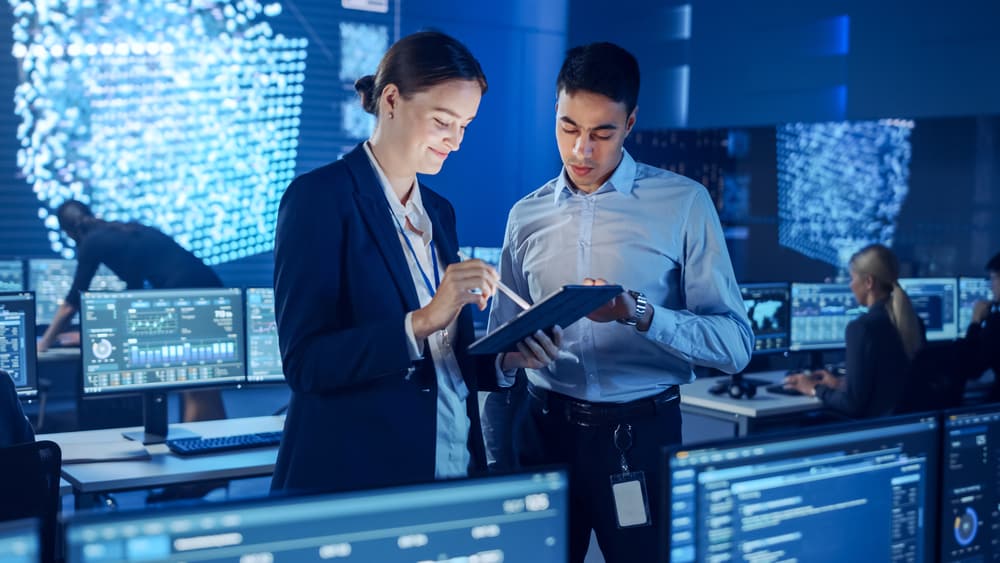Artificial Intelligence has been crucial for many industries in revolutionising the ways they have been operating. There have been many successful applications of artificial intelligence that have now taken the form of best practices and are enabling employment opportunities too.
Space exploration is an important area that has seen many opportunities cropping up with the aid of AI. It is the popular theme of current times in most of the space exploration programs and applications. For very obvious reasons, space exploration has always been a vast topic. Understanding and comprehending the intricacies of the space requires complementing human knowledge with something powerful, and what better than AI.
Let us have a look at some of the top applications of AI:
Image Processing
Image processing is found to be extremely useful for charting unmarked galaxies, stars, black holes, supernovas, and other extraterrestrial entities. It has also been helpful in studying cosmic events that would otherwise have gone unnoticed. Some applications of image processing are:
- NASA Frontier Development Lab along with the tech-giants Microsoft and IBM leverage machine learning to decode images that come from space for solar storm damage detection, determining space weather of a planet, measuring the atmosphere, identifying suitable planet landing sites, and resource discovery.
- The CHIRP (Continous High-Resolution Image Reconstruction using Patch Priors) algorithm helped in creating the first-ever image of the black hole CHIRP is a Bayesian algorithm that used the data from Event Horizon Telescopes for further image processing. Images from the Hubble Telescope are used for the simulation of galaxy formation.
Assistants for Astronauts

If you have watched the movie Interstellar, you would know the assistant robots Tars and Case from that film. Although such sophisticated robots are not a reality in space exploration, AI researchers are working towards creating intelligent assistants for helping astronauts in their space missions.
- Cimon is an AI assistant that was flown to the International Space Station in 2019 to be tested. It will eventually be used to perform tasks asked by the astronauts to do. This will reduce the stress of routine tasks on astronauts today.
- NASA is also working on creating a robot companion for astronauts that are onboard the International Space Station. It will be called Robonaut and will work on the tasks that are deemed too risky for astronauts.
Satellite data processing
It is a time and cost consuming process for humans to interpret, understand, and analyse the images collected by satellites all by themselves. It is such because they have to wait for the satellite to move back around the same position to refine the image analysis further. In this scenario, AI helps in eliminating the necessity for a large amount of communication that leaves and is received at the earth for analysing images. It also helps in determining whether a new image needs to be taken or not. Above all, it saves the processing power, reduces the battery usage, and fast-tracks the overall image collecting process. Two great examples of AI in Satellite Data Processing are:
- Earth Observing-1 – The satellite EO-1 has been successful in gathering images of natural calamities in the past. Artificial Intelligence was used here to pictures of the calamities even before the ground crew could know about the incident taking place. Earth Observing-1 was the first satellite to map active lava flows from space. It was also the first to measure a facility’s methane leak from space and to track re-growth in a partially logged Amazon forest from space.
- SKICAT – SKICAT stands for Sky Image Cataloging and Analysis Tool. This AI-enabled tool identified what was beyond human capabilities. It classified approximately a thousand objects in low resolution during the second Palomar Sky Survey.
The Future of AI in Space
The future of AI is in the GPS in Space. NASA Frontier Development Lab has been working on an AI application that would do the job of a GPS in space and would make it easy to explore Titan, Mars, or even the Moon. The use of GPS and the other GNSS systems in Medium Earth Orbit (MEO), Geostationary Orbit (GEO) and beyond, including cislunar space is an emergent capability.
If you wish to pursue a career in the field of Artificial Intelligence, become a certified AI professional with Great Learning’s PG Program in Artificial Intelligence and Machine Learning.







